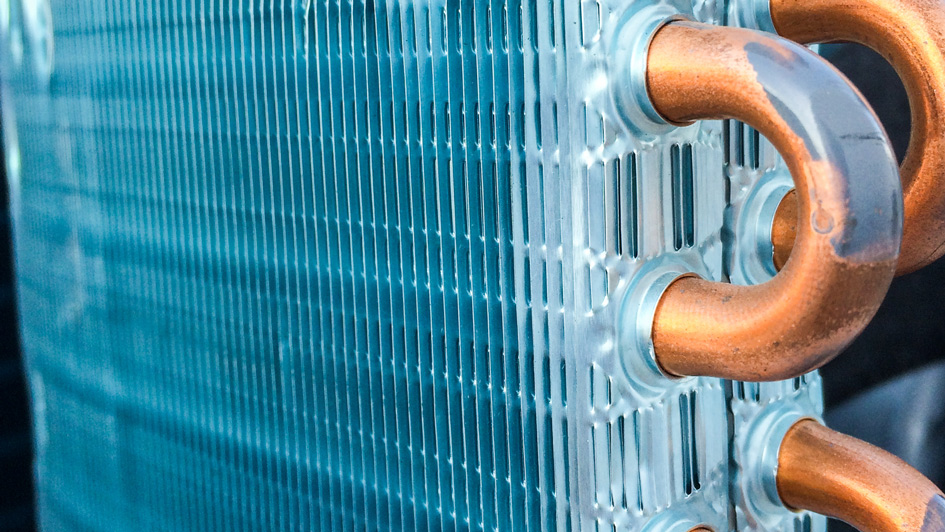
A furnace is usually a background player for your home, helping keep you warm during the cold winter months. It often doesn’t get noticed until a malfunction appears.
One cause could be that your furnace has a cracked heat exchanger. It can be a safety risk, so it’s critical to know the signs of a cracked heat exchanger and what to do if you suspect that may be the problem.
What Is a Heat Exchanger in a Furnace?
A heat exchanger transfers heat from the combustion chamber in your furnace to the air that moves through the air ducts. It generally does this through coils or tubes that warm the air while acting as a barrier to keep gas created in the combustion chamber, called flue gasses, from getting out into your home.
Is a Cracked Heat Exchanger Dangerous?
Thanks to its important role, it shouldn't come as a surprise that a damaged heat exchanger can be hazardous. A crack in the heat exchanger can permit dangerous gasses – including carbon monoxide, which can be lethal – to be distributed through your home.
For this reason, do NOT turn on your heating if you believe there's a crack in the heat exchanger, as this could make your entire family ill. Contact an HVAC professional as soon as possible if you believe your heating has a cracked heat exchanger that needs to be repaired.
Four Signs of a Cracked Heat Exchanger:
- Furnace switches off: A cracked heat exchanger may cause your furnace to switch off.
- Strange Smells: If the air leaving your furnace has a powerful chemical scent, it might be evidence gasses are leaking through cracks in your heat exchanger. These gasses, which will often smell like formaldehyde, are a major warning sign.
- Carbon monoxide alarm is triggered or you recognize poisoning symptoms: If a cracked heat exchanger is releasing carbon monoxide in your home, your carbon monoxide alarm should go off or family members might experience signs of carbon monoxide poisoning. Side effects include headaches, dizziness, weakness, nausea, vomiting or feeling tired. If an alarm goes off or you feel sick, get out of the home as soon as you can and then call for help.
- Soot: If you see black sooty buildup around the exterior of your furnace, it’s another sign something could be seriously wrong.
What You Should Do if Your Furnace Heat Exchanger is Cracked
If you believe your furnace has a cracked heat exchanger, contact a pro well versed in furnace installation Northridge as soon as possible so they can examine your system and, if necessary, start a furnace heat exchanger replacement. Costs should fluctuate depending on the situation, but estimates run in the neighborhood of $1,000 to $3,000.
Fortunately, the good news is that heat exchangers are often protected by the warranty. You’ll want to check the warranty paperwork on your furnace, as while the warranty might not cover the entire cost of repairs, it could significantly reduce your bill.
How to Avoid a Cracked Heat Exchanger in Your Home
One of the easiest ways to minimize the risk of problems in your furnace overall is via regular furnace maintenance. Furnaces work the best when they operate efficiently. Hiring a skilled professional to examine your furnace for old parts, dirty filters and other potential problems can keep you from getting a big bill later on.
It’s also a good idea to review your furnace filters every few months – it’s ideal some filters be replaced every 90 days or sooner if they are dirty or grimy. While the filters aren't connected to the heat exchanger itself, the strain of drawing air through a clogged filter makes your entire furnace work harder to complete its job. And the harder your furnace has to work, the more deterioration components like the heat exchanger will experience.

